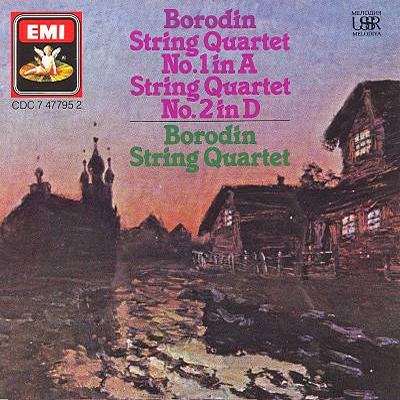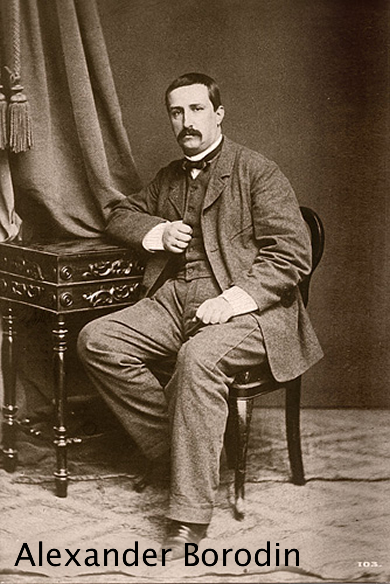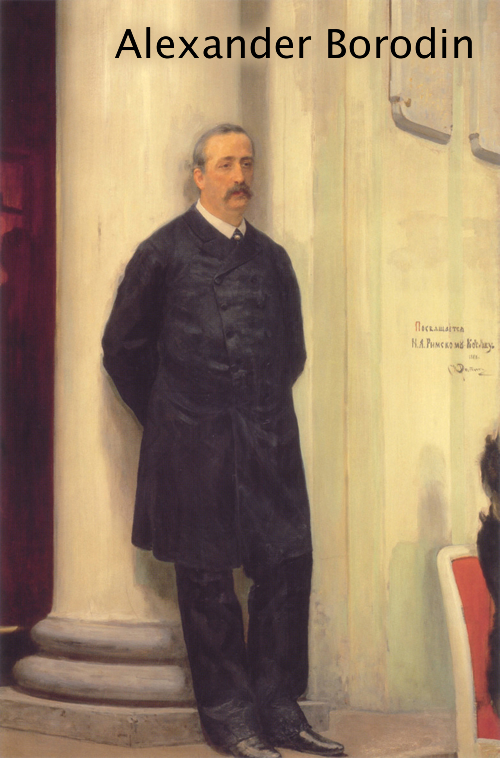Anton Bruckner (1824 – 1896)
“Helgoland” – Symphonic Chorus For Male Voices And Orchestra (Poem by August Silberstein)
———————
Daniel Barenboim, Conductor
Male Voices: Rundfunkchor Berlin and the Ernst-Senff-Chor
Berliner Philharmoniker
———————
ONE-SENTENCE REVIEW:
A nice performance of a ‘meh’ Symphony (which, I believe, would have been Bruckner’s review as well).

ORIGINAL LINER NOTES – Sebastian Urmoneit (Translation Stewart Spencer)
Dating from 1865/66, Bruckner’s C minor Symphony was the Austrian composer’s first attempt to explore a field which, in the minds of all 19th-century composers of instrumental music, represented the ultimate challenge.
Neither his “Study Symphony” in F Minor, nor his D Minor Symphony which he himself later “nullified,” satisfied the high standards he set himself and that he expected of the genre.
As we know, Brahms, too, hesitated long and hard before publishing a symphony, and by the time that his first contribution to the medium was unveiled, he was already well established as a composer.
Bruckner, by contrast, was barely known outside Linz in the mid-1860s, even though he had already completed two Masses. According to his own later account, it was the local music critic, Moritz von Mayfeld, who encouraged him to explore the world of the symphony, a world to which Bruckner was to remain loyal for the whole of the rest of his life.
Mayfeld ended his review of the first performance of Bruckner’s D minor Mass with the words: “Such is his unusually fertile imagination and his musical and technical knowledge that it is hard to predict where he may go from here. But one thing is certain, namely, that he will very soon cultivate the field of the symphony and to do so, moreover, with the greatest success.”

We know that from at least the time of his studies with the Linz Kappelmeister, Otto Kitzler, Bruckner was not only familiar with the music of Beethoven but had also been introduced to the opera of Wagner through a performance of “Tannhauser” that Kitzler conducted at the theatre in the town.
From Beethoven, Bruckner took over the symphony’s four-movement structure and even left untouched the distinctive character of all four of those movements: First movement Sonata form – Adagio – Scherzo – Finale.
From his First Symphony onwards, however, he based his symphonic expositions not one two subjects but on three; a compositional device previously found to such a clearly developed extent only in Schubert’s “Great” C Major Symphony.
A comparison between the two First Symphonies of Bruckner and Brahms shows certain similarities; not only are both in C Minor, but the sombre tonality of the opening is brightened in their final movements, both of which are in C Major.
In each case, the model is Beethoven’s Fifth. More striking than their similarities, however, are their dissimilarities, not least in their approach to the whole history of the genre.

In order for it to be fully understood, Brahms’ First Symphony seems to presuppose two whole centuries of music history as a living force, whereas Bruckner approached his task with an almost naïve insouciance, seeming not to suffer from the oppressive weight of tradition.
While his First Symphony is far from denying the age in which it was written, no other composer of his stature has been able to animate the elemental forces of rhythm and melody with such unrefracted immediacy and – at least in his First Symphony – to fall back so nonchalantly on Wagner’s harmonic innovations.
The German musicologist Stefan Kuntz has characterized this note of purity in early Bruckner by reference to a remark of Nietzsche’s which, although written with Wagner in mind, is undoubtedly better suited, in Kunze’s view, to Bruckner: “He who desired to liberate art, to restore its desecrated sanctity, would first have to have liberated himself from the modern soul; only when innocent himself could he discover the innocence of art.” (Untimely Meditations: Richard Wagner in Bayreuth.)
This natural simplicity of tone is a feature, above all, of the original Linz version of the symphony, a more elemental account of the piece that Bruckner later revised in 1890/91 to produce the so-called Vienna version of the work.

The symphonic chorus Helgoland for male-voice choir and orchestra was Bruckner’s last completed composition. The only other piece on which he worked after 1893 was his Ninth Symphony, which was to remain unfinished at his death.
Although Helgoland is little known today, it is clear from Bruckner’s last will and testament that he himself numbered it among his most important works, worth – in his opinion – of being ranked alongside his nine symphonies, three Masses, String Quintet, Te Deum and his setting of Psalm 150.
Bruckner was happy to accept the commission to write Helgoland and broke off work on his Ninth Symphony in order to concentrate on a piece that he hoped would increase his standing in musical circles. It was written to celebrate the fiftieth anniversary of the Vienna Male-Voice Choir, a celebration that the Emperor Franz Joseph I was to attend in person.
Its first performance on 8 October 1893 proved one of the great triumphs in Bruckner’s career. It is no longer possible to say with any certainty whether the decision to set the ballad by August Silberstein (1827-1900) was Bruckner’s own or whether that decision was taken by others.
The poem breathes the spirit of German nationalism that typified the educated Austrian bourgeoisie from the mid-19th century onwards and which singing societies – the Liedertafeln of the time – made it their duty to promulgate.

Silberstein was numbered among the student dissidents of 1848 and driven into exile, settling in Vienna in 1856 and making his living as a journalist and occasional poet.
Silberstein’s ballade Helgoland is taken from an anthology, Mein Herz in Liedern, first published in 1868 and describes the threat posed to the island of Helgoland by a fleet of Roman warships. The Saxon islanders call on Heaven to help them, and assistance is duly provided in the form of a raging tempest. The pagan invasion is repulsed, and the Germanic people thank God for their deliverance.
The events depicted in the poem are purely fictional: the Romans never reached Helgoland, and the inhabitants of the island had not been converted to Christianity at the time of the Romans‘ wars of conquest.
Bruckner can have had no more time for such historical inaccuracies than for the contradictory claim that Catholicism is incompatible with national interests; in the apotheosis of Christianity in the hymn at the end of the ballad there seems like doubt that he grasped the underlying message.
The setting of the very last line, “O Herrgott, dich prieset frei Helgoland!” (O Lord God, free Helgoland glorifies thee), in which Bruckner modulates from G minor to the higher G major, is the most spacious in the whole work.

TRACK LISTING:
Anton Bruckner (1824 – 1896) – Symphony No. 1 in C Minor
- Allegro- 12:49
- Adagio – 13:36
- Scherzo – 9:21
- Finale, Bewegt, feurig – 14:00
Anton Bruckner (1824 – 1896) – “Helgoland”
- “Helgoland” – 11:14
FINAL THOUGHT:
This is the first disc of Daniel Barenboim and the Berliner Philharmoniker’s massive (and pretty great) Bruckner Symphony Cycle. I have this disc as a one-off and not the entire box – so, going forward, it will be a mix and great (and not so great) performances of the Bruckner symphonies (and other works). I will just say this, I’m glad Anton B. kept writing after Symphony #1!
 Emily Sachs – President – Manka Music Group (A division of Manka Bros. Studios – The World’s Largest Media Company
Emily Sachs – President – Manka Music Group (A division of Manka Bros. Studios – The World’s Largest Media Company










